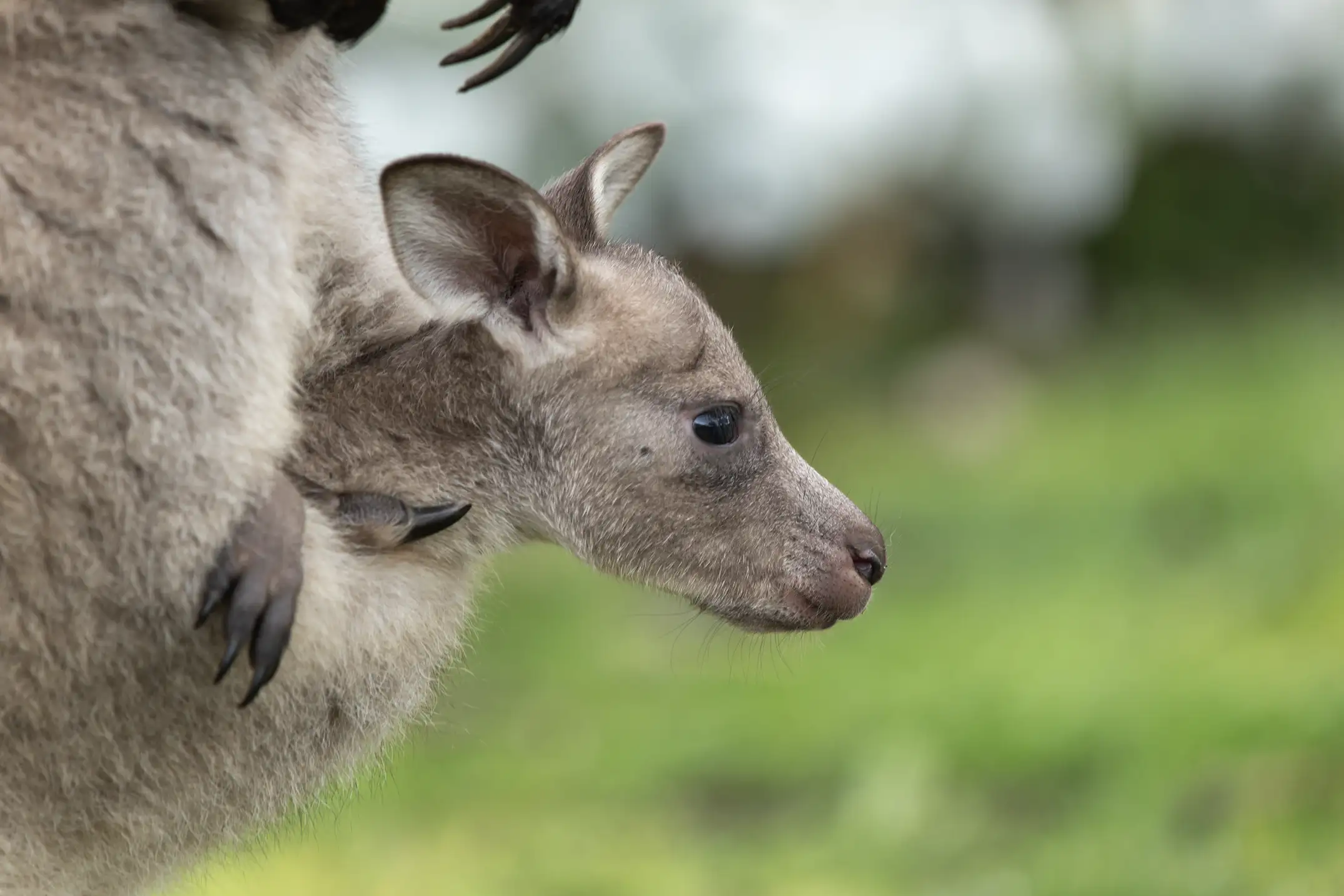A disregard for democracy
Life on land



Your support will assist us to continue our research and content development, the greater our resources, the more we can do.
The more we have an accurate understanding of what is happening to nature, the more we can all do to protect what remains of our living planet.
This is also an opportunity for philanthropists to be part of an ongoing project that tells independent stories about the natural world, stories that will help us to better understand what is happening to species and places on our precious planet Earth.
Note: Creative Cowboy Films does NOT have tax deductible charity status.

The Nature Knowledge Channel is a very real way you can help the precious natural world and support the work we do in creating knowledge about the natural world.
Annual membership of the Creative cowboy films - Nature Knowledge Channel gives you full access to content, stories and films, available on this website. Becoming a member of the Creative cowboy films - Nature Knowledge Channel is a very real way you can help the natural world and support our work in creating a greater understanding about what is happening to it.
A point of difference
Creative cowboy films is independent, is not funded by governments or industry, and is not influenced by their associated interest groups. For reasons of independent research and content development, Creative cowboy films does NOT have tax deductible charity status.
Life on land
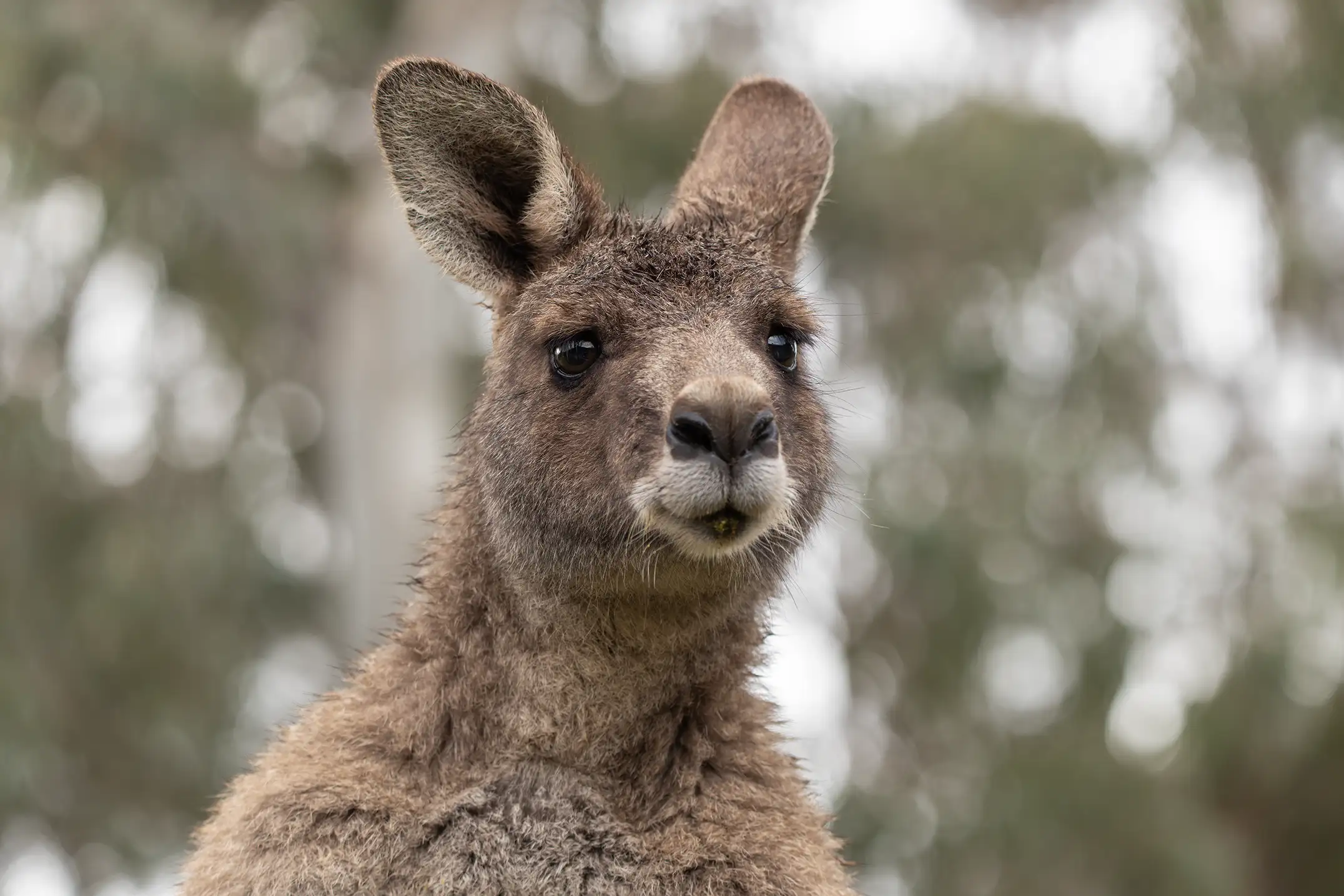
“One of the reasons, apart from how wonderful they are, that we love Kangaroos so much, is that they are a top line indicator that lay bare the ills that are the falling standards in how we are governed and how we perceive the land in which we live”. Peter Hylands
The commercial exploitation of Kangaroos was introduced as a trial in Victoria in 2014. At the end of 2019, despite growing concerns about the safety of the shooting and butchering of protected Australian species adjacent to where people live and work, and the extreme cruelty involved, residents of the Yarra Ranges Shire petitioned their local government to request that the Victorian Government ban commercial shooting in the shire. The commercial exploitation was given a name, itself misleading, the Kangaroo Harvesting Program (KHP).
The Yarra Ranges Shire councillors voted to support the ban and duly wrote to the Victorian Government requesting that the activity cease within the shire boundaries (outer urban Melbourne). We should note that the commercial exploitation of Kangaroos was banned in other parts of Melbourne after successful lobbying from residents and support from local government.
What was shocking was that the Victorian Government, which appears to be running out of Kangaroos to kill, refused to ban the commercial exploitation of Kangaroos in the Yarra Ranges Shire.
Here Mike Fuery, Victorian Kangaroo Alliance, unpicks the spin and disinformation, the holding lines, used by the Victorian Government in many of its rebuttals to complaints from distressed, and sometimes, terrified residents, regarding the killing.
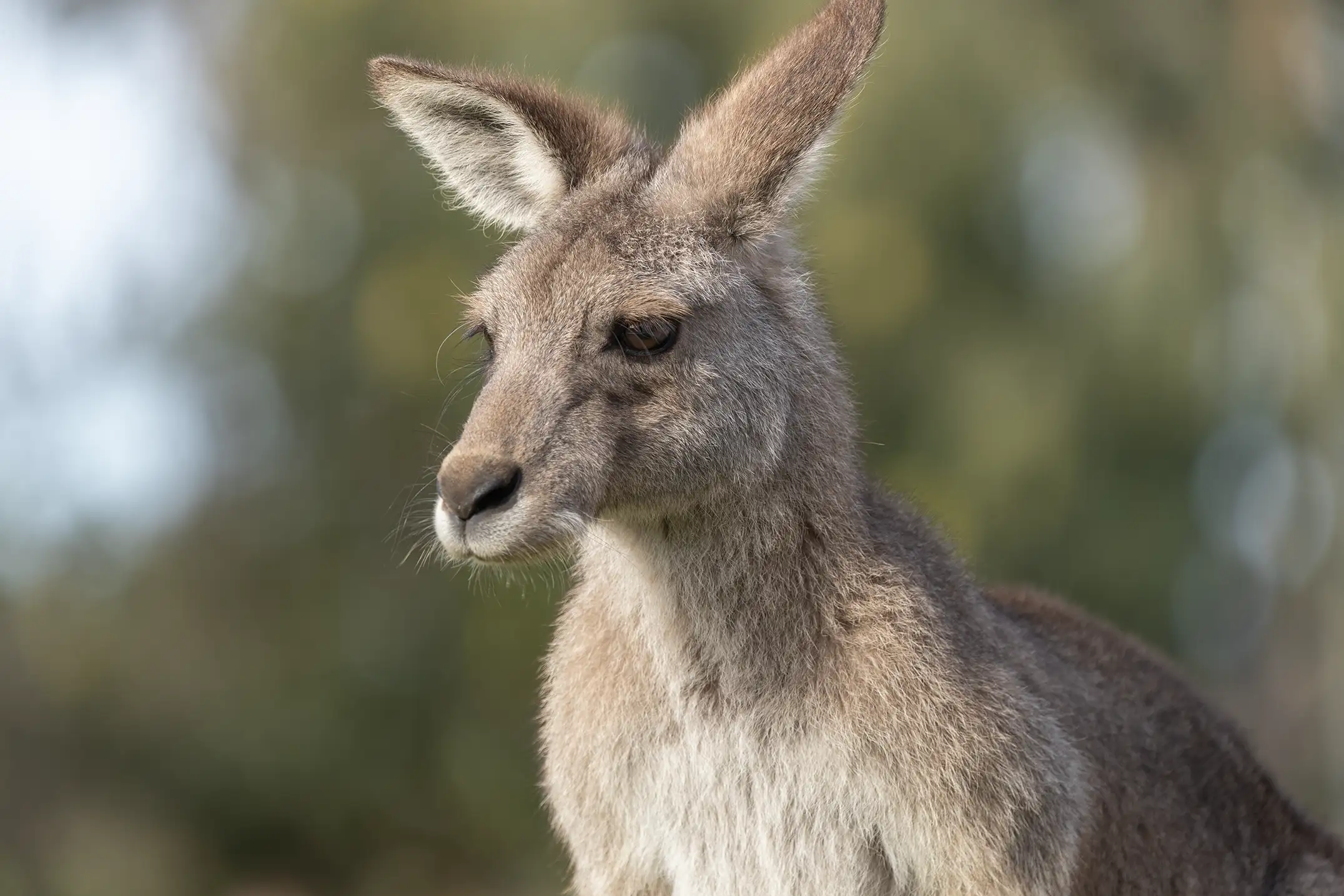
Any enquiry to the Victorian Government may well be greeted with a pre-scripted reply.
DEECA (Department of Energy, Environment and Climate Action, Victorian Government) has compiled a list of these ‘holding lines’ that are intended to shut down enquiry into the Program’s details, which have been pushed out to many previous correspondents, sometimes repeatedly to their subsequent letters, without responding to the specific questions raised.
Their existence of these holding lines was revealed following the ‘documents production’ motion that was tabled by Georgie Purcell MLC in late 2023. It was one of the 254 documents in that dossier that I analysed over a twelve week period.
These holding lines make many assertions that warrant scrutiny, as they are unsubstantiated but bolstered by the appeal to authority fallacy.
The late Christopher Hitchens created a maxim:
"That which is asserted without evidence, can be dismissed without evidence.’
I have found this to be a useful principle to apply with many of DEECA’s statements over kangaroo ‘management’.
To muddy the public water even further, we should remember that there are reflexive dogmatic statements emanating from graziers and their agricultural spokespeople that are recycled at every opportunity:
My response: Okay…where are they in plague proportions? No one can point to a location even when we offer to send a film crew to record evidence. No one even provides images captured of these plagues which, with the ubiquity of smart phones, should be simple to do. No one defines ‘plague’ as a number of animals per square kilometer. Show us the evidence is all that is asked. What they are likely to be seeing, if at all, are mobs…either individually (perhaps 30) or grouped (perhaps 100)…which are normal social aggregations that are mobile.
For some perspective on ‘plagues,' compare DEECA’s 2022 estimation of 2.3 million kangaroos, to 6.7 million people, 3.6 million cattle and 15.4 million sheep, present in Victoria in the same year.
My response: They are actually indigenous to this continent whose ancestors have been here for 20 million years. Like other native animals they are not prolific breeders, although the farming community will say that they have made conditions ideal for them that accelerate their fecundity. This is asserted without evidence. Professor Corey Bradshaw, summed it up neatly:
“You’ll quickly realise that there is no working definition or accepted meaning for the words ‘overabundant’ or ‘pest’ in any legislation. Basically, it comes down to a handful of lobbyists and other squeaky wheels defining anything they deem to be a nuisance as ‘overabundant,’ irrespective of its threat status, ecological role, or purported impacts. It is, therefore, entirely subjective and boils down to this: ‘If I don’t like it, it’s an overabundant pest.’”
My response: Show us. Do you mean fences? Which have been erected across their home range? We know that rural fencing is so unsophisticated that kangaroos are likely not to see the uppermost strand when leaping over and get tangled and die a slow death. Some dig a low passage under a particular spot that allows them to pass under it.
Of course, covering the upper strand of wire with a brightly coloured rope is a known simple, inexpensive solution which would alleviate this problem, as would installing a kangaroo gate that allows them to pass under without any undercutting required. But many landholders do not seem to show much interest in working with the animals.
My response: How? When people confront them and provoke them they get attacked? If cornered, defensive behaviour from any animal should be expected. People’s ignorance and lack of respect for other species is what should be highlighted.
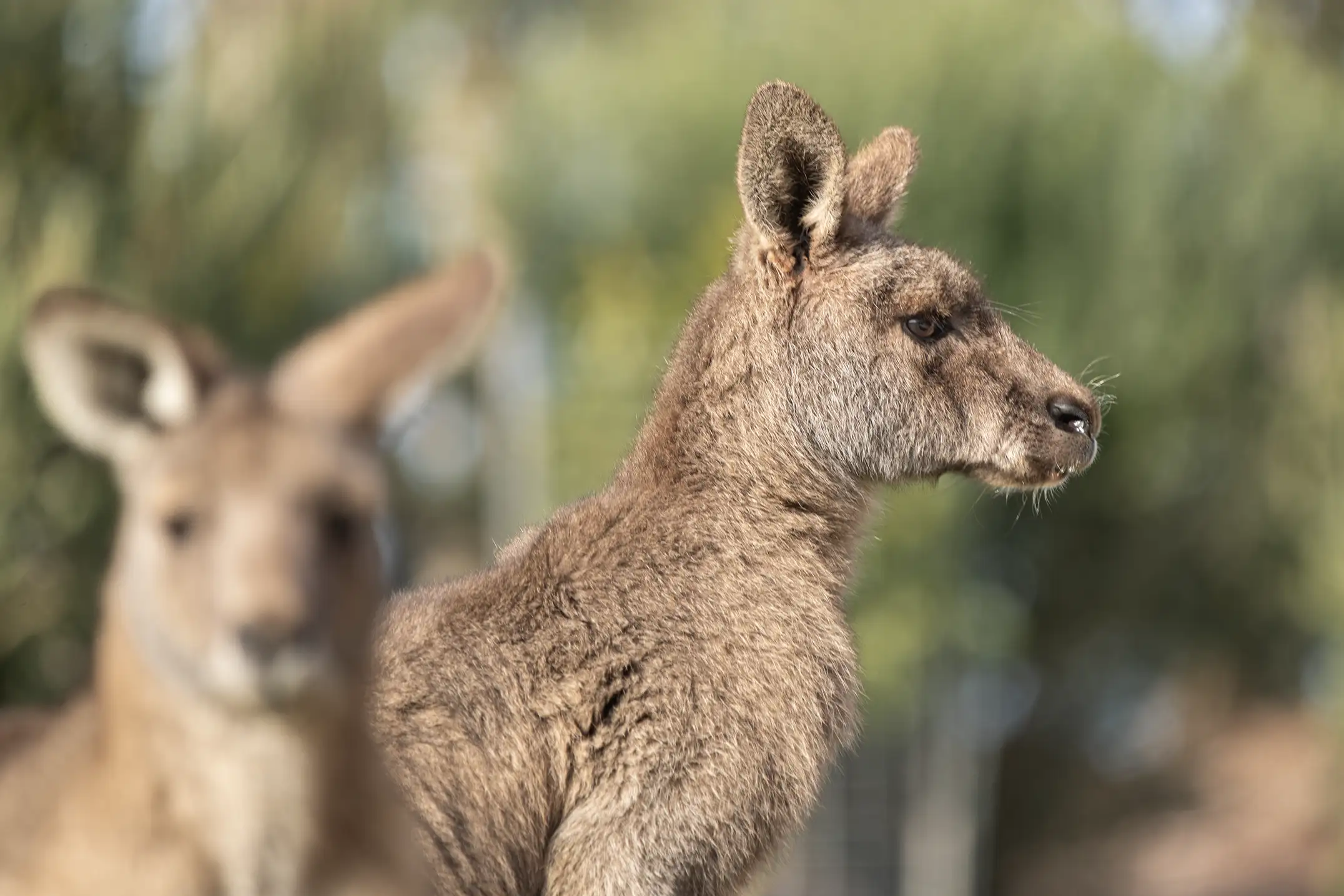
My response: Kangaroos comprise only comprise 12 per cent of main grazing animals and only consume 0.2 the qty of grass of a sheep [DSE, the ’dry sheep equivalent'] and 13 per cent of the water (Dickman 2002, Grigg 2009) cf. bovines consume 60 times the food load of a kangaroo (see above: ‘If I don’t like it, it’s an overabundant pest.’)
My response: The notion of kangaroos sabotaging their own habitat instead of recognising their evolutionary ability to adapt to various conditions on this arid continent is laughable and, again, advanced without evidence. How would one determine that habitat degradation was not due to other non-native species like rabbits, goats or pigs? Kangaroos are soft footed, don’t compact soils, don’t eat to ground level by virtue of their upper and lower jaw incisors. Typically they leave ground cover in normal conditions, whereas cattle rip grasses out and rabbit eat whole grass blades.
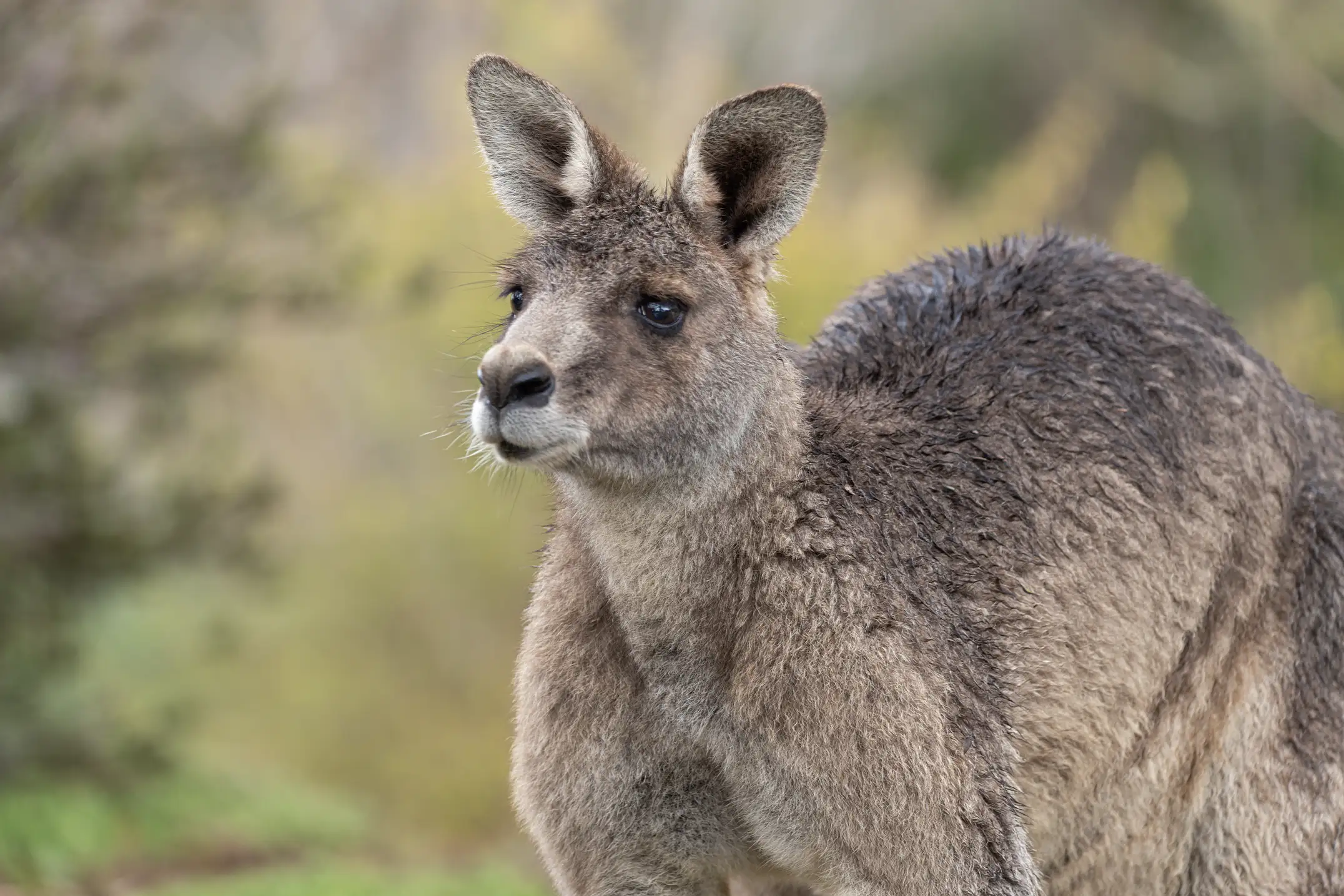
My response: This little ‘killing-to-be-kind’ nugget was rolled out on Landline (ABC) by a pro-shooting and pro-commercial-exploitation ecologist back in 2018, and is, predictably, a solution for application across the entire country. Since that time and these claimed “exploding populations,” mass starvation events have been as elusive as the Loch Ness Monster and UFOs despite the ubiquity of smart phone cameras.
